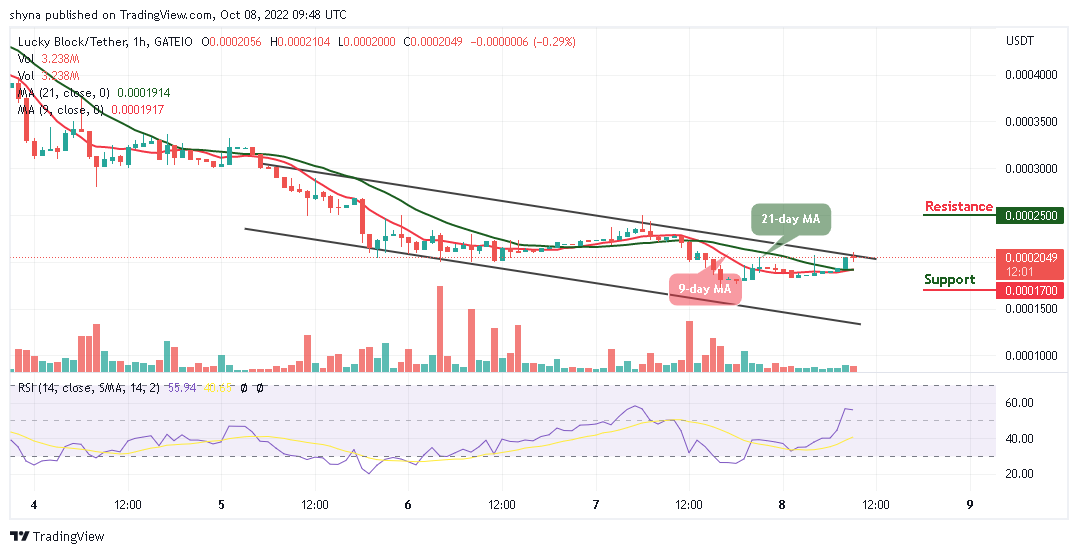

In this vein, a large body of literature examines how refined product prices respond to oil price increases and decreases, i.e., how refined product prices change following oil price changes (see Ederington et al. Nonetheless, the vast majority of the literature has focused on how the behavior of refined product prices is due to changes in oil prices by using the error correction model (ECM) and causality tests. Finally, the new method was applied to determine the presence of petroleum-derived products in seawater samples. Subsequently, the method was applied in the context of the detection and discrimination of petroleum-derived products added to water samples at low concentration levels (2 µL The developed method has exhibited good intermediate precision and repeatability with a coefficient of variation lower than 5%, (RSD (Relative Standard Deviation): 2.35% and 3.09%, respectively).

According to our results, 2.5 mL of sample incubated for 5 min at 31 ☌, agitated at 750 rpm, and with an injection volume of 0.91 mL were the optimal conditions for successful detection and discrimination of the PDPs. In this way, the total intensity at each drift time is equivalent to multiple sensor signals.

An IMS detector was used as a multiple sensor device, in which, each drift time acts as a specific sensor.

A Box–Behnken design with a response surface methodology was used, and five variables (incubation temperature, incubation time, agitation, sample volume, and injection volume) with influences on the ion mobility spectrometry (IMS) response were optimized. The objective of the present study is to develop an optimized method where headspace-ion mobility spectrometry is applied for the detection and discrimination between four petroleum-derived products (PDPs) in water.


 0 kommentar(er)
0 kommentar(er)
